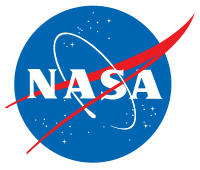We are developing near-IR photon-counting detectors
for the CO2 sounders on ASCENDS and for multi-
beam swath mapping laser altimeters for the Lidar
Surface Topography (LIST) mission, both of which
were recommended by the Earth Science Decadal
Survey.
Our objectives are to improve the receiver sensitivity to the quantum limit, reduce the demand
for the laser transmitter power and energy, and
reduce mission costs. To accomplish this, we are
developing high-quantum-efficiency photon-sensitive
detectors for three wavelength regimes: near 1060 nm
for next-generation laser altimeters, 1550-1650 nm
for the CO2 sounder, and 3100-3400 nm for planetary
methane sounders. We work closely with engineering
personnel in the Lasers and Electro-Optics Branch
(Code 554) and the Imaging Detector Branch (Code
553) to leverage the resources at GSFC.
Previously, this team provided the Si avalanche
photodiode (APD) single-photon-counting modules
for visible wavelengths and the near-IR enhanced-
linear-mode Si APDs for the GLAS instrument on
the ICESat mission. Now, we are conducting studies
of various near-IR single photon-counting detectors
on the market as well as all of the viable ones that
have come from R&D efforts by industry and by
research institutions with support from NASA's
Small Business Innovative Research (SBIR) program,
Department of Defense funding, and industry's own
internal investments.

